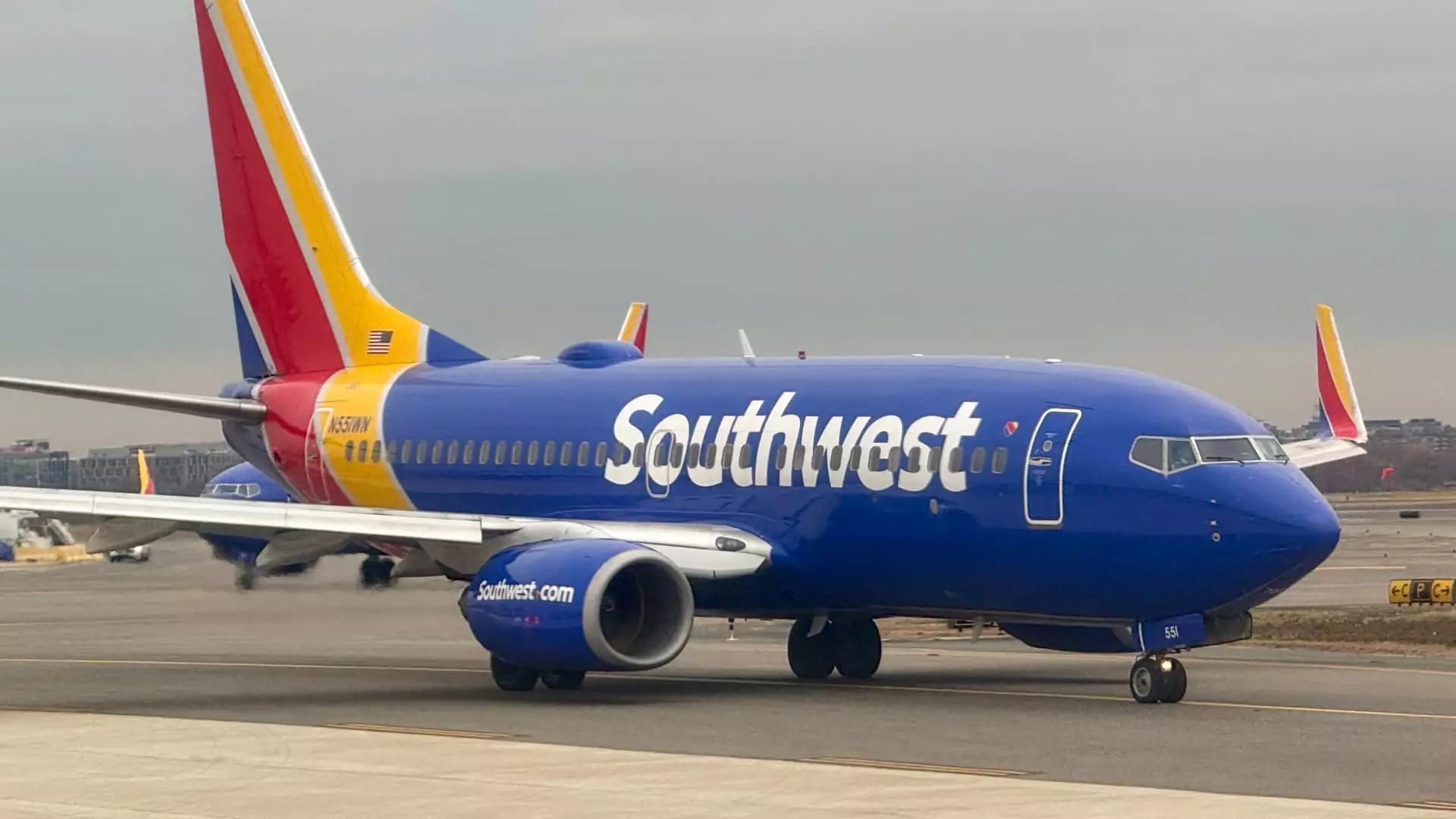In a decisive maneuver to bolster its operational efficiency, Southwest Airlines announced significant layoffs on Monday, targeting 15% of its corporate workforce. This translates to approximately 1,750 positions being eliminated as part of an aggressive cost-reduction strategy orchestrated by CEO Bob Jordan. This announcement not only signals a fundamental shift in the company’s approach but also reflects the challenges that many corporations face in maintaining profitability amid fluctuating market dynamics.
Financial Implications of the Layoffs
The expected financial benefits from these layoffs are projected to yield savings of $210 million for the current year, with further expectations of $300 million by 2026. Such savings are critical for the airline as it navigates post-pandemic recovery and competition within the industry. The sheer scale of this workforce reduction, described by Jordan as “unprecedented,” suggests that the airline is in a state of transformation—one that demands difficult, yet necessary, decisions concerning its financial health.
The layoffs are not occurring in isolation. They follow a recent agreement with Elliott Investment Management, an activist investor that has been pushing for strategic changes within Southwest, including board representation and leadership restructuring. The investor’s influence has undoubtedly pressured the airline into re-evaluating its operational model. In addition, prior cost-saving measures, such as freezing hiring and discontinuing its long-standing internship program, have set the stage for this momentous change.
This organizational recalibration also extends to the policies surrounding flight operations. Southwest is attempting to modernize its service offerings by transitioning away from its longstanding open seating model—a hallmark of its brand since inception over 50 years ago. By introducing assigned seating and enhancing passenger comfort with extra legroom options, the airline is striving to adapt to contemporary consumer expectations while improving revenue streams.
In his communication to the staff, Jordan emphasized the need for a “leaner, faster, and more agile organization.” Such remarks correlate with industry-wide trends where companies aim to streamline operations for better performance. The emphasis on reducing duplicative efforts indicates a strategic pivot towards efficiency and clarity—an aspiration that reflects broader operational challenges faced in the airline sector.
As the layoffs are set to finalize by the end of the second quarter, the affected employees will continue to receive their salaries, benefits, and bonuses until their departure in late April. This humane approach highlights an acknowledgment of the tough terrain the workforce will face in the aftermath. Decisions like these, while financially driven, weigh heavily on corporate culture and employee morale. Ultimately, the long-term success of Southwest Airlines will depend on how effectively it manages this transition and embraces an operational model that balances efficiency with employee engagement.


Leave a Reply